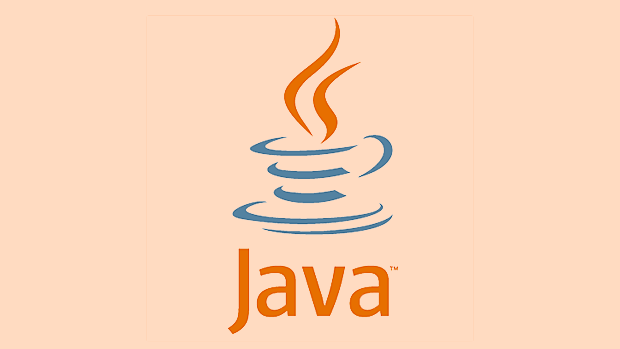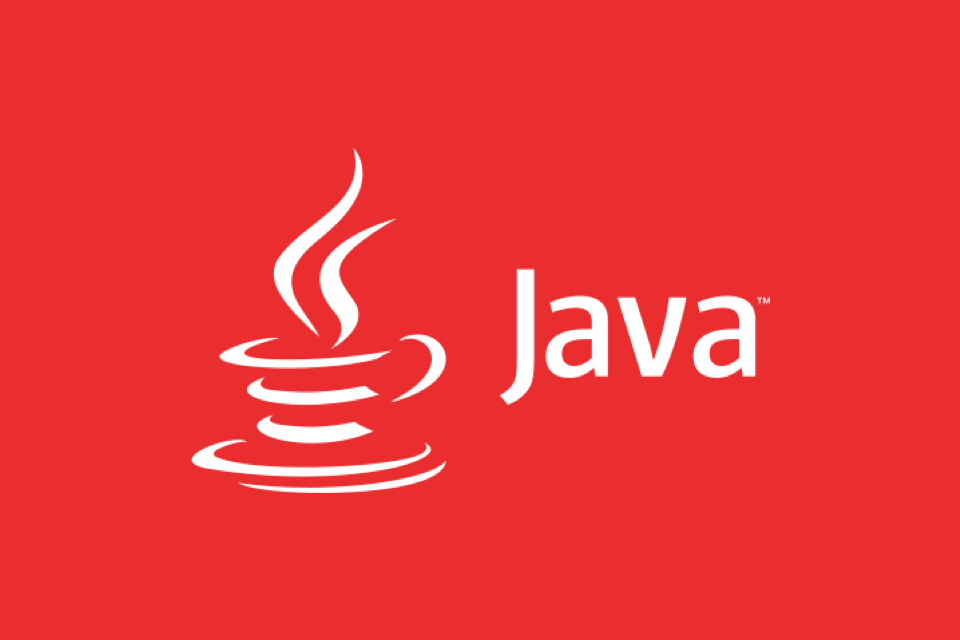To build a high-throughput Java microservice, we need to start from architecture design, technology selection and performance tuning, and the core lies in "balancing" response speed, stability and scalability. 1. Use lightweight frameworks such as Spring WebFlux or Micronaut to improve processing efficiency, especially suitable for I/O-intensive tasks; 2. Optimize database access, and use asynchronous drivers, caches, library and tables and batch query strategies to reduce bottlenecks; 3. Properly configure thread pools and concurrent controls, distinguish CPU and I/O-intensive tasks, and choose high-performance IO frameworks to improve underlying efficiency; 4. Use tools such as Prometheus, Micrometer, and ELK Stack to continuously monitor and tune, pay attention to GC logs to optimize memory management, and ensure the long-term stable and efficient operation of the system.

High-throughput Java microservices are not something that can be achieved overnight. They need to be considered from multiple levels including architecture design, technology selection, and performance tuning. The core lies in "balance" - it is necessary to ensure that service response is fast, and it also takes into account stability and scalability.

1. Use lightweight frameworks to improve processing efficiency
Java itself is not slow, but traditional Spring MVC or heavyweight EJB architectures may bring some performance overhead. For high-throughput scenarios, it is recommended to use a lighter framework, such as Spring WebFlux or Micronaut .
- WebFlux is a non-blocking framework based on Reactor, which can better utilize thread resources.
- Micronaut completes dependency injection at compile time, which is less runtime burden and is more suitable for cloud-native and container deployment.
If your application requires frequent I/O operations (such as accessing databases or remote services), the non-blocking model can significantly reduce thread waiting time, thereby improving overall throughput.

2. Database access optimization is a key link
Microservices usually connect to databases, and databases are often the bottleneck. In order to improve throughput, you can start from the following aspects:
- Use asynchronous database drivers, such as R2DBC (for WebFlux).
- Use cache reasonably, such as Redis or Caffeine, to avoid duplicate queries.
- Separate the database and tables or read and write separation to reduce single point pressure.
- Avoid N 1 query problems and use JOIN or batch query to optimize data acquisition.
For example, if you need to query user information when processing an order, do not initiate a user query request for each order, but obtain it in batches at one time, which can save a lot of network round trip time.

3. Utilize thread pools and concurrency control policies
Java's thread management has a great impact on throughput. The default thread pool configuration may not be suitable for your business scenario. You need to adjust the thread pool size according to the actual load and set the queue capacity reasonably.
- Don’t blindly increase the number of threads. Too many threads will lead to an increase in context switching overhead.
- For CPU-intensive tasks and I/O-intensive tasks, thread pooling should be processed separately.
- You can use high-performance IO frameworks such as Netty or Undertow to improve the underlying processing efficiency.
For example, if your service mainly does computationally intensive work, such as image processing or data analysis, the thread pool size should be close to the number of CPU cores; and if there are many network requests, the thread pool can be appropriately increased.
4. Monitoring and tuning cannot be ignored
High throughput cannot be done in one tuning, it is a process of continuous observation and adjustment. You can use the following tools:
- Prometheus Grafana to monitor indicators
- Use Micrometer or Dropwizard Metrics to expose JVM and application metrics
- Log analysis tools such as ELK Stack help locate slow requests or abnormal behaviors
It is also important to view GC logs regularly. If Full GC is frequent, it means that there is a problem with memory allocation, which may be because the object life cycle is too short, or the heap memory is insufficient.
Basically that's it. Although high throughput implementation is not complicated, details are easily overlooked, especially concurrent control and database access. Doing well can improve performance by orders of magnitude.
The above is the detailed content of Building High-Throughput Java Microservices. For more information, please follow other related articles on the PHP Chinese website!

Hot AI Tools

Undress AI Tool
Undress images for free

Undresser.AI Undress
AI-powered app for creating realistic nude photos

AI Clothes Remover
Online AI tool for removing clothes from photos.

Clothoff.io
AI clothes remover

Video Face Swap
Swap faces in any video effortlessly with our completely free AI face swap tool!

Hot Article

Hot Tools

Notepad++7.3.1
Easy-to-use and free code editor

SublimeText3 Chinese version
Chinese version, very easy to use

Zend Studio 13.0.1
Powerful PHP integrated development environment

Dreamweaver CS6
Visual web development tools

SublimeText3 Mac version
God-level code editing software (SublimeText3)

Hot Topics
 How to iterate over a Map in Java?
Jul 13, 2025 am 02:54 AM
How to iterate over a Map in Java?
Jul 13, 2025 am 02:54 AM
There are three common methods to traverse Map in Java: 1. Use entrySet to obtain keys and values at the same time, which is suitable for most scenarios; 2. Use keySet or values to traverse keys or values respectively; 3. Use Java8's forEach to simplify the code structure. entrySet returns a Set set containing all key-value pairs, and each loop gets the Map.Entry object, suitable for frequent access to keys and values; if only keys or values are required, you can call keySet() or values() respectively, or you can get the value through map.get(key) when traversing the keys; Java 8 can use forEach((key,value)->
 Comparable vs Comparator in Java
Jul 13, 2025 am 02:31 AM
Comparable vs Comparator in Java
Jul 13, 2025 am 02:31 AM
In Java, Comparable is used to define default sorting rules internally, and Comparator is used to define multiple sorting logic externally. 1.Comparable is an interface implemented by the class itself. It defines the natural order by rewriting the compareTo() method. It is suitable for classes with fixed and most commonly used sorting methods, such as String or Integer. 2. Comparator is an externally defined functional interface, implemented through the compare() method, suitable for situations where multiple sorting methods are required for the same class, the class source code cannot be modified, or the sorting logic is often changed. The difference between the two is that Comparable can only define a sorting logic and needs to modify the class itself, while Compar
 How to handle character encoding issues in Java?
Jul 13, 2025 am 02:46 AM
How to handle character encoding issues in Java?
Jul 13, 2025 am 02:46 AM
To deal with character encoding problems in Java, the key is to clearly specify the encoding used at each step. 1. Always specify encoding when reading and writing text, use InputStreamReader and OutputStreamWriter and pass in an explicit character set to avoid relying on system default encoding. 2. Make sure both ends are consistent when processing strings on the network boundary, set the correct Content-Type header and explicitly specify the encoding with the library. 3. Use String.getBytes() and newString(byte[]) with caution, and always manually specify StandardCharsets.UTF_8 to avoid data corruption caused by platform differences. In short, by
 How does a HashMap work internally in Java?
Jul 15, 2025 am 03:10 AM
How does a HashMap work internally in Java?
Jul 15, 2025 am 03:10 AM
HashMap implements key-value pair storage through hash tables in Java, and its core lies in quickly positioning data locations. 1. First use the hashCode() method of the key to generate a hash value and convert it into an array index through bit operations; 2. Different objects may generate the same hash value, resulting in conflicts. At this time, the node is mounted in the form of a linked list. After JDK8, the linked list is too long (default length 8) and it will be converted to a red and black tree to improve efficiency; 3. When using a custom class as a key, the equals() and hashCode() methods must be rewritten; 4. HashMap dynamically expands capacity. When the number of elements exceeds the capacity and multiplies by the load factor (default 0.75), expand and rehash; 5. HashMap is not thread-safe, and Concu should be used in multithreaded
 JavaScript Data Types: Primitive vs Reference
Jul 13, 2025 am 02:43 AM
JavaScript Data Types: Primitive vs Reference
Jul 13, 2025 am 02:43 AM
JavaScript data types are divided into primitive types and reference types. Primitive types include string, number, boolean, null, undefined, and symbol. The values are immutable and copies are copied when assigning values, so they do not affect each other; reference types such as objects, arrays and functions store memory addresses, and variables pointing to the same object will affect each other. Typeof and instanceof can be used to determine types, but pay attention to the historical issues of typeofnull. Understanding these two types of differences can help write more stable and reliable code.
 What is the 'static' keyword in Java?
Jul 13, 2025 am 02:51 AM
What is the 'static' keyword in Java?
Jul 13, 2025 am 02:51 AM
InJava,thestatickeywordmeansamemberbelongstotheclassitself,nottoinstances.Staticvariablesaresharedacrossallinstancesandaccessedwithoutobjectcreation,usefulforglobaltrackingorconstants.Staticmethodsoperateattheclasslevel,cannotaccessnon-staticmembers,
 Using std::chrono in C
Jul 15, 2025 am 01:30 AM
Using std::chrono in C
Jul 15, 2025 am 01:30 AM
std::chrono is used in C to process time, including obtaining the current time, measuring execution time, operation time point and duration, and formatting analysis time. 1. Use std::chrono::system_clock::now() to obtain the current time, which can be converted into a readable string, but the system clock may not be monotonous; 2. Use std::chrono::steady_clock to measure the execution time to ensure monotony, and convert it into milliseconds, seconds and other units through duration_cast; 3. Time point (time_point) and duration (duration) can be interoperable, but attention should be paid to unit compatibility and clock epoch (epoch)
 What is a ReentrantLock in Java?
Jul 13, 2025 am 02:14 AM
What is a ReentrantLock in Java?
Jul 13, 2025 am 02:14 AM
ReentrantLock provides more flexible thread control in Java than synchronized. 1. It supports non-blocking acquisition locks (tryLock()), lock acquisition with timeout (tryLock(longtimeout, TimeUnitunit)) and interruptible wait locks; 2. Allows fair locks to avoid thread hunger; 3. Supports multiple condition variables to achieve a more refined wait/notification mechanism; 4. Need to manually release the lock, unlock() must be called in finally blocks to avoid resource leakage; 5. It is suitable for scenarios that require advanced synchronization control, such as custom synchronization tools or complex concurrent structures, but synchro is still recommended for simple mutual exclusion requirements.






